I am routing a 16 bit ADC chip, the LTC2217 (datasheet) to FPGA. Each bit is an LVDS pair and I know +/- of the pair should be the same length but what about from pair to pair? I have 2 of these chips, 18 pairs, if you include OF and CLK, 36 pairs of LvDS having to be meandered to the same length becomes somewhat messy.
IE say bit 1 is 35mm and bit 0 is 37mm, how far off, if any are they allowed to be? I assume it has to do with sampling frequency, which for this chip is 105Msps.
